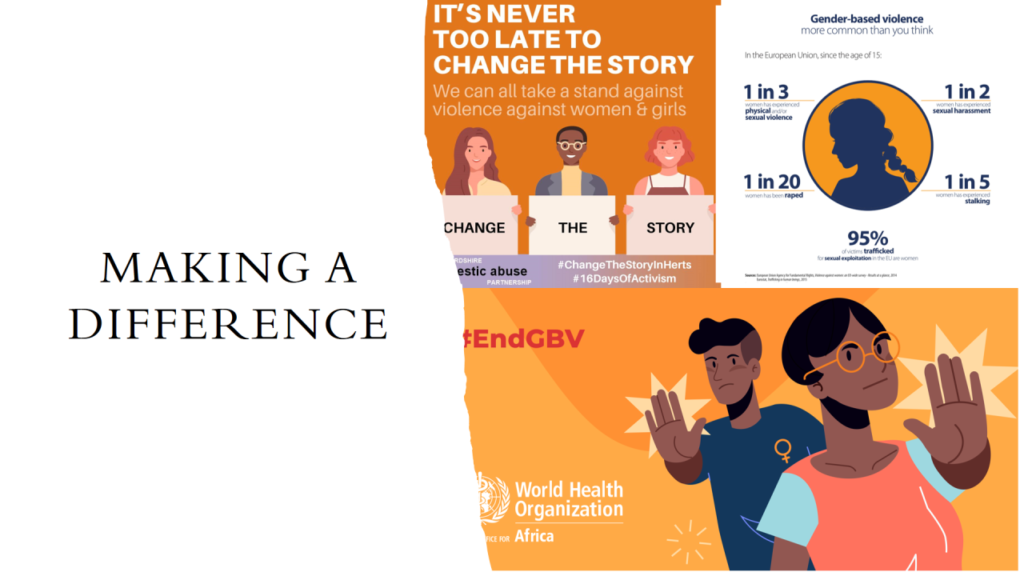The Intersection of Masculinity and Social Change: Shaping a New Narrative
Evolving Definitions of Masculinity
Masculinity is undergoing a transformation. Traditional views of masculinity, characterized by stoicism and dominance, are increasingly being challenged. Men today are exploring new ways to express themselves. They are rejecting outdated stereotypes and embracing vulnerability. This shift reflects broader social changes. As gender roles evolve, so too does the understanding of what it means to be masculine.

Challenging Stereotypes
Historical stereotypes have often painted masculinity in a restrictive light. Men have been expected to be unemotional, strong, and competitive. These stereotypes have shaped societal expectations and influenced individual behavior. However, these norms are being questioned. Men are now more openly discussing their emotions and mental health. This shift is a response to the growing recognition of the importance of emotional well-being.
Embracing Emotional Expression
The modern narrative of masculinity includes a greater emphasis on emotional expression. Men are learning to communicate their feelings openly. This change is significant, as it allows for deeper personal connections and healthier relationships. Emotional intelligence is becoming a valued trait. By embracing their emotional side, men are also contributing to a more inclusive and supportive society.
Redefining Strength
Strength is no longer just about physical prowess. The modern concept of strength encompasses emotional resilience and mental fortitude. Men are redefining what it means to be strong. They are recognizing that vulnerability can be a source of strength. This broader definition of strength helps break down the barriers between traditional masculinity and personal growth.
Impact of Social Movements
Social movements play a crucial role in reshaping masculinity. Movements advocating for gender equality and mental health awareness challenge conventional gender norms. They provide platforms for men to discuss their experiences and struggles. These movements also encourage men to support one another and share their journeys. The influence of these movements is significant in the ongoing evolution of masculinity.
Media and Representation
Media plays a pivotal role in shaping societal perceptions of masculinity. The portrayal of men in media influences public attitudes and expectations. As media representations evolve, they reflect and reinforce changing notions of masculinity. Positive portrayals of diverse masculine identities help broaden the understanding of what it means to be a man. This evolving representation is crucial for creating a more inclusive society.
Creating Safe Spaces
Creating safe spaces for men to explore their identities is essential. These spaces allow men to discuss their experiences without fear of judgment. They also provide support for those navigating the complexities of modern masculinity. Safe spaces foster open dialogue and promote mutual understanding. They are crucial for encouraging personal growth and challenging traditional norms.
Future Directions
The future of masculinity is likely to continue evolving. As society progresses, new narratives of masculinity will emerge. Men will increasingly seek to balance strength with emotional openness. The ongoing challenge will be to ensure that these new narratives are inclusive and supportive. By embracing change, society can help shape a more nuanced and positive understanding of it.
Conclusion
The intersection of masculinity and social change is creating a new narrative. Men are redefining what it means to be masculine, challenging stereotypes, and embracing emotional expression. Social movements and media representation play crucial roles in this transformation. As society continues to evolve, the narrative of masculinity will also adapt, fostering a more inclusive and supportive environment for all.


